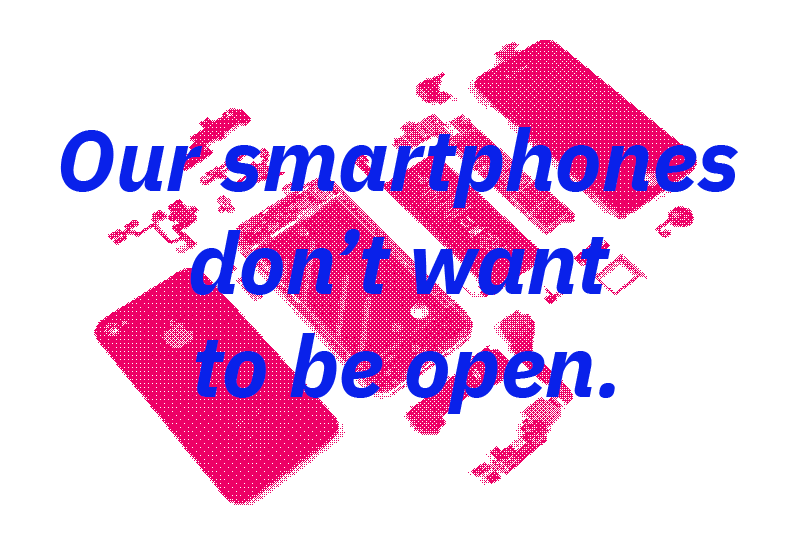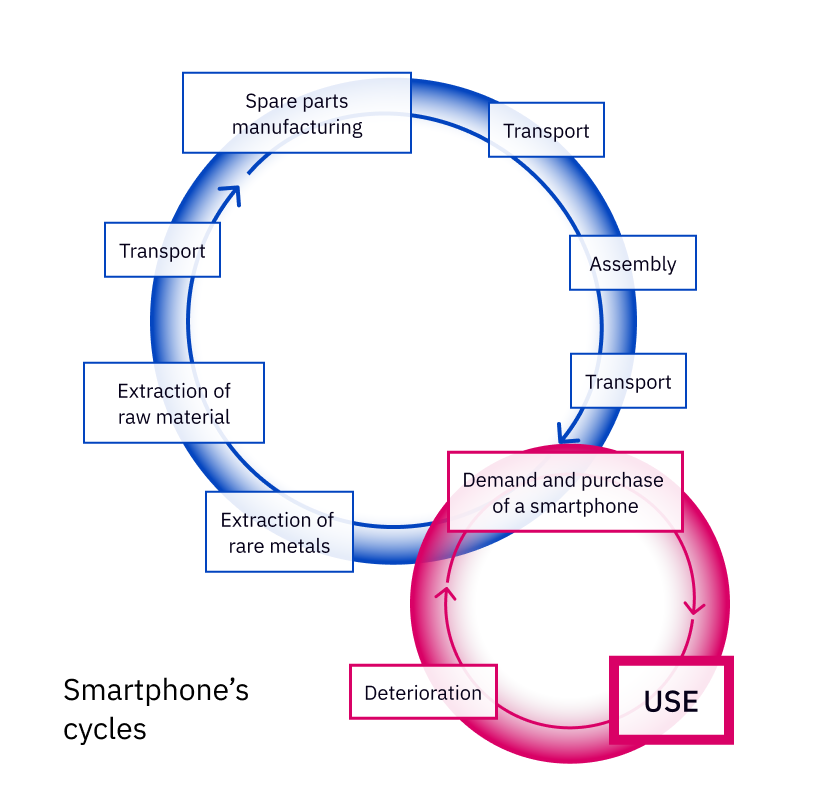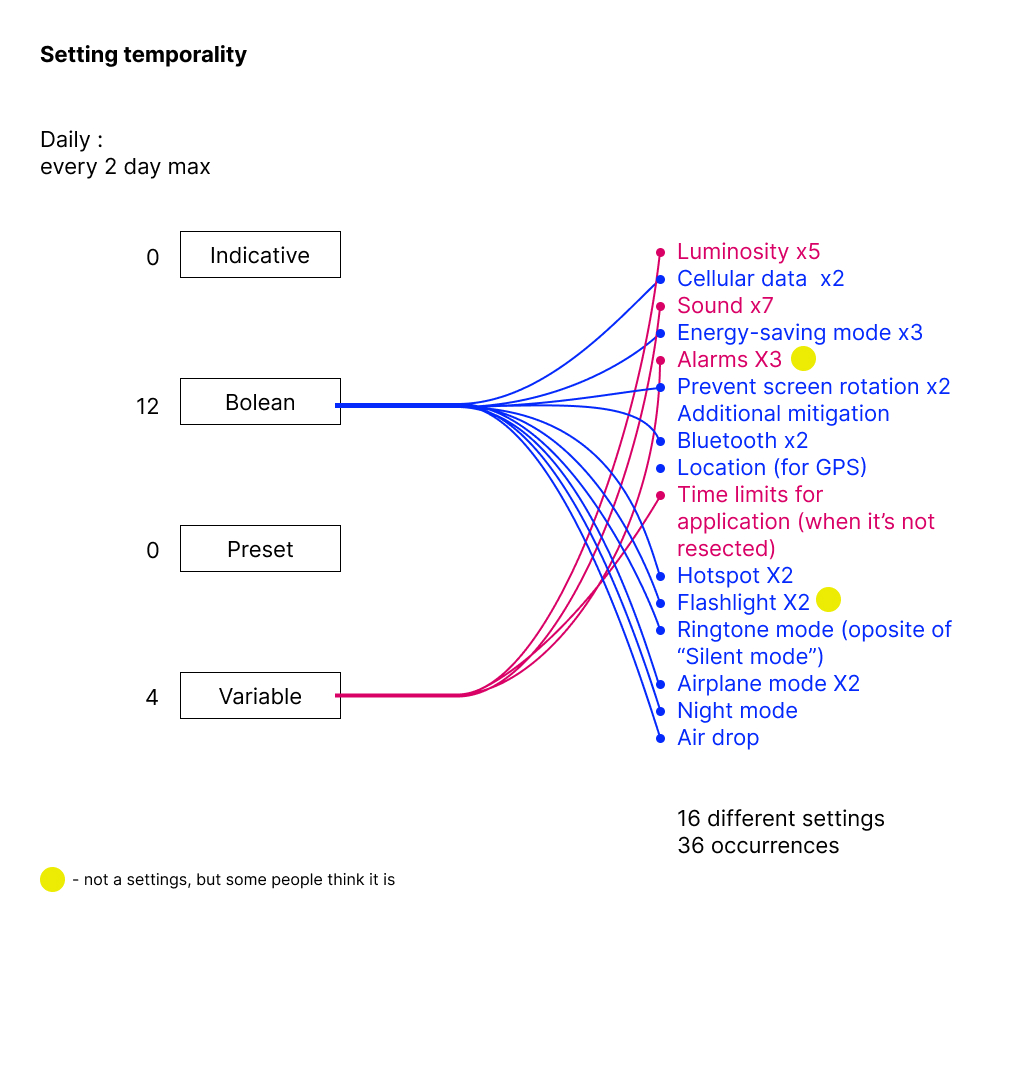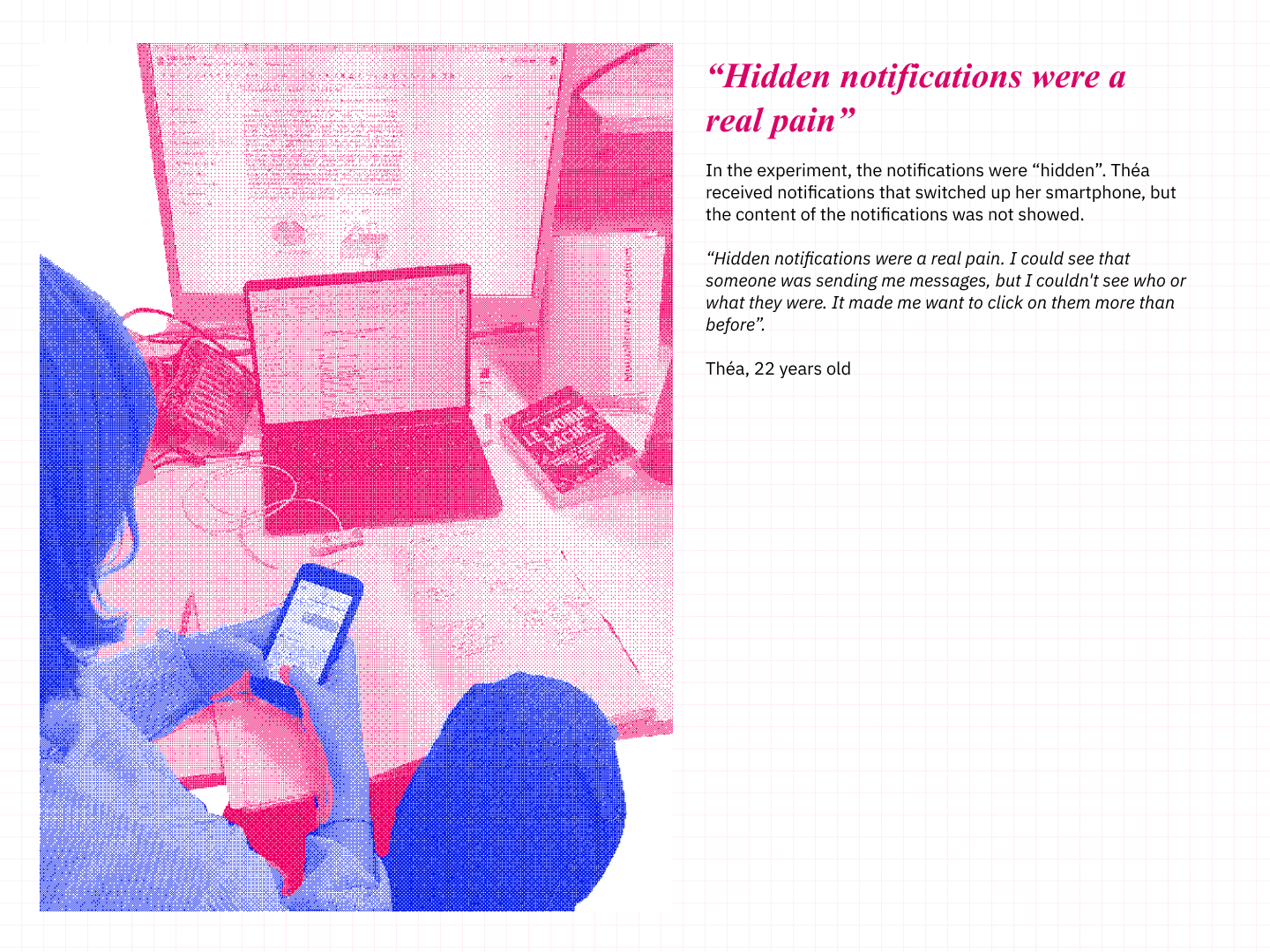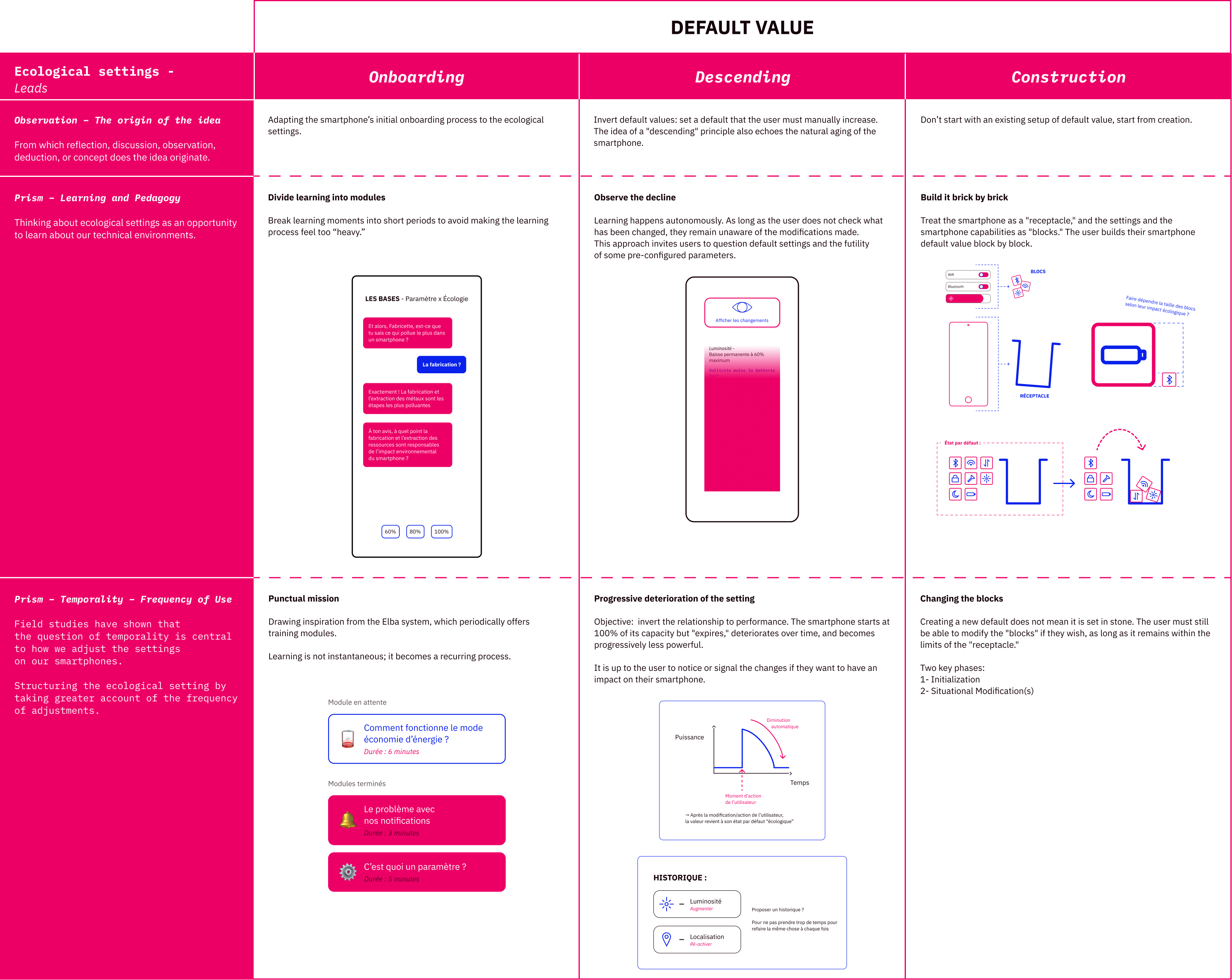Introduction
For most of us, using our smartphone is the first thing we do at the start of a new day. Snooze the alarm, check the notifications, see if we are late… And during the day, this device rules our everyday life. It can be used as a subway card, a credit card, a map, a phone, a flashlight, a TV … Sometimes it’s even hard to see the actual limit of this marvellous technological object. And in less than 30 years, like the car reshaped our cities, the smartphone changed our way to perceive distance, relations, and communication …
The smartphone really seems like a divine artefact that we, humans, have the chance to approach. So useful, so powerful, and yet so easy to use. All of this can work thanks to the settings.
Settings are present in every smartphone OS (Operational System). Even if it can take different names depending on the smartphone’s brand (it’s most obvious in French with the difference between “Paramètre” et “Réglage”, which can be translated as “Settings”) settings are very similar and take the same form. A pre-downloaded app that you can use without condition. There are a lot of settings. Sometimes highlighted, like the Wi-Fi, the Bluetooth, or the phone brightness, but sometimes, they are hidden very deep, into a forgotten layer of the app (for example, some smartphones have settings that you can adjust in case of an earthquake).
Technically, the setting is a variable, a number between a minimum and a maximum, which can be changed by the user. The degree of possibility depends on the settings. For example, setting a password has infinite possibilities, but closed notifications for an app have only two choices: yes or no.
All of the great things that our smartphones allow can make us tend to forget that it's a technological object. A mass-produced artefact, created with precious and very polluting resources like rare metals, and with a very high carbon-footprint and environmental impact. In France, the digital/technological field represents 2.5% of the C02 produced in a year1. A number which is very devalued when we know that we don’t create the biggest majority of our device. Knowing the fact that 80% of the carbon-footprint is produced during the creation, fabrication of raw material extraction, the 2.5% don’t really show the ecological impact of this object.
Faced with this ecological challenge, some are raising their voices. Limites Numériques (Digital Limitation) is a French research-through-design focused on the environmental impact of the digital field. Through design methods and creations, they tend to measure, understand, prevent, make others learn and try to create a more eco-friendly way to use and perceive our digitals artefacts.
My work as a research-through-design is the continuity of a study undertaken by Limites Numériques on smartphone settings. This abstract is the synthesis of my experimentation, research, fieldwork and interviews realized in collaboration with Limites Numérique, with the goal of understanding and offering a more eco-friendly way to perceive and use our smartphones.
